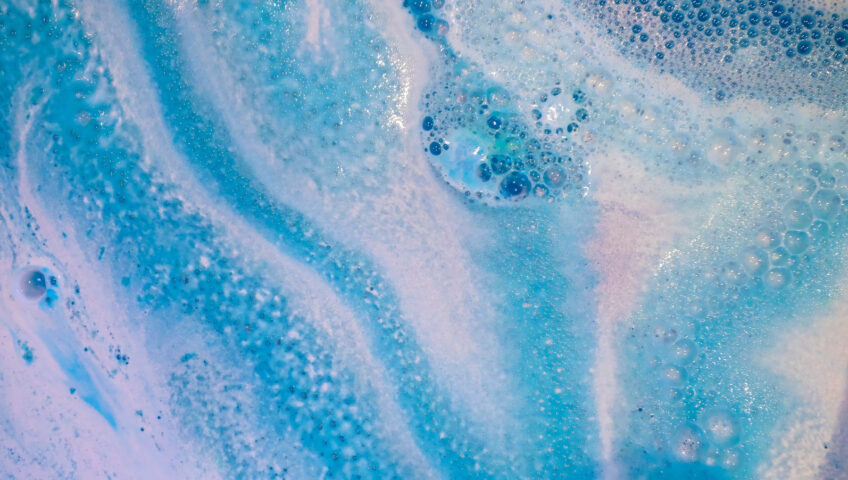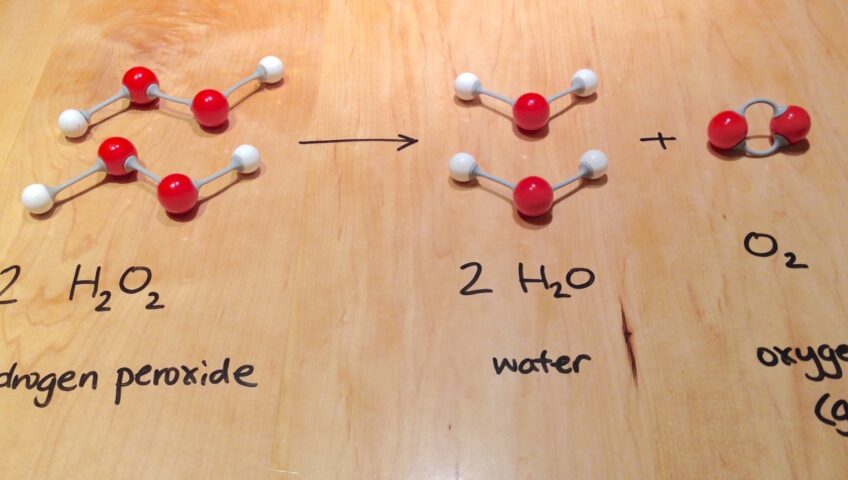A bright and healthy smile can leave a lasting impression on those around us. Unfortunately, factors such as aging, genetics, and certain foods or drinks can cause our teeth to become discolored or yellowed. One popular solution to this problem is hydrogen peroxide teeth whitening. In this blog, we will explore the technologies behind hydrogen peroxide teeth whitening and its proven safety.
What is Hydrogen Peroxide Teeth Whitening?
Hydrogen peroxide teeth whitening is a cosmetic dental procedure that involves the use of a hydrogen peroxide gel to lighten the color of your teeth. The gel is applied to the surface of the teeth and activated with a special light or laser. This process removes stains and discoloration from the enamel, resulting in a brighter, more youthful smile.
Technologies Behind Hydrogen Peroxide Teeth Whitening
There are two primary technologies used in hydrogen peroxide teeth whitening: light-activated and non-light activated.
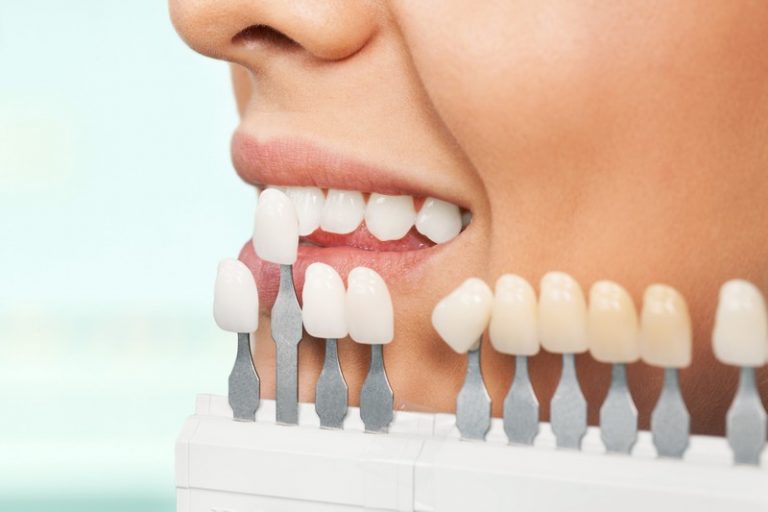
Light-Activated Teeth Whitening
Light-activated teeth whitening uses a special light or laser to activate the hydrogen peroxide gel. This process is also known as chairside bleaching or power bleaching. The light or laser helps to speed up the whitening process slightly.
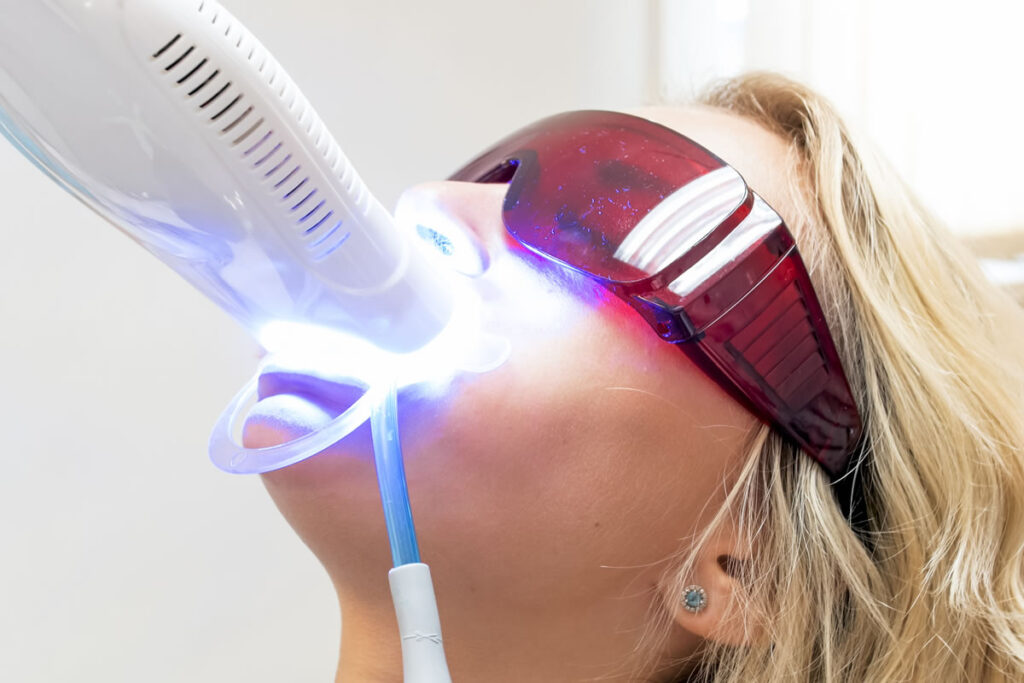
Heat-Activated Teeth Whitening
Heat activated hydrogen peroxide teeth whitening technology is a relatively new approach to teeth whitening that involves the use of heat to activate the hydrogen peroxide gel. This technology utilizes a special mouthguard that is designed to fit comfortably over the teeth and emit heat. The heat helps to accelerate the whitening process and increase the effectiveness of the hydrogen peroxide gel. This technology is particularly effective for people with deep or stubborn stains that are difficult to remove with other teeth whitening methods. Heat activated hydrogen peroxide teeth whitening technology has been shown to produce faster and more dramatic results than traditional teeth whitening methods, while also being safe and relatively painless.
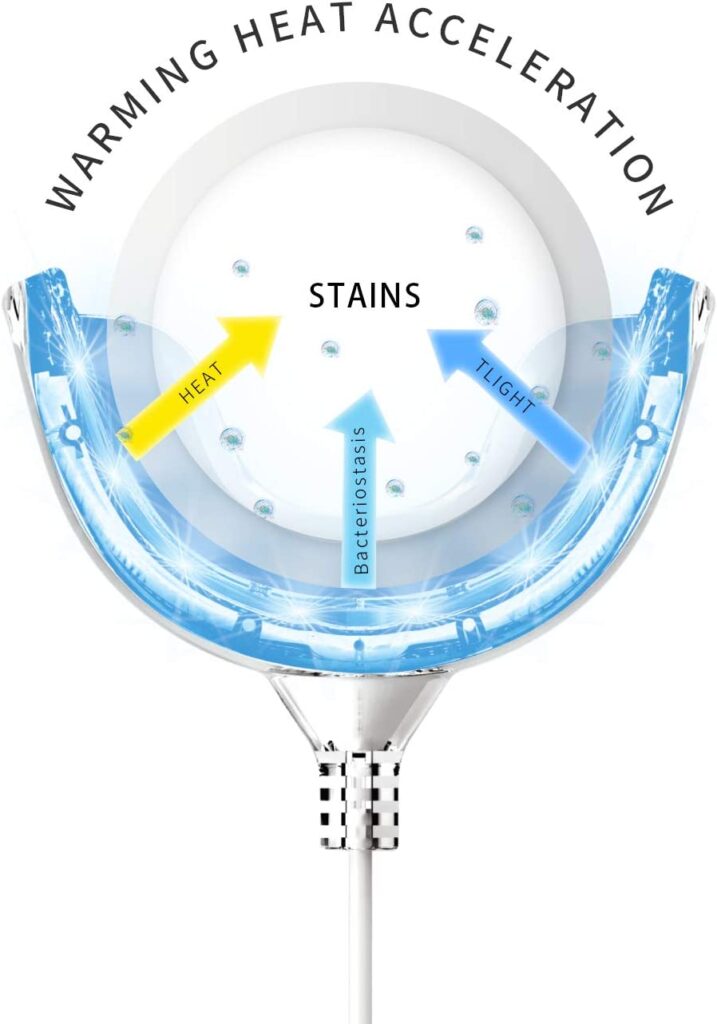
Proven Safety of Hydrogen Peroxide Teeth Whitening
Hydrogen peroxide teeth whitening has been proven to be a safe and effective cosmetic dental procedure. The American Dental Association (ADA) recognizes the use of hydrogen peroxide for teeth whitening as safe when used as directed by a dental professional.

However, like any dental procedure, there may be some temporary side effects, including tooth sensitivity and gum irritation. These side effects typically resolve on their own within a few days of treatment.
It is important to note that overuse or misuse of hydrogen peroxide teeth whitening products can cause harm to the teeth and gums. It is important to follow the instructions provided by your dentist or the product manufacturer to ensure safe and effective treatment.
Conclusion
Hydrogen peroxide teeth whitening is a popular cosmetic dental procedure that can help you achieve a brighter, more youthful smile. The technologies behind hydrogen peroxide teeth whitening include light-activated and non-light activated procedures. When used as directed by a dental professional, hydrogen peroxide teeth whitening is a safe and effective way to improve the appearance of your teeth.

